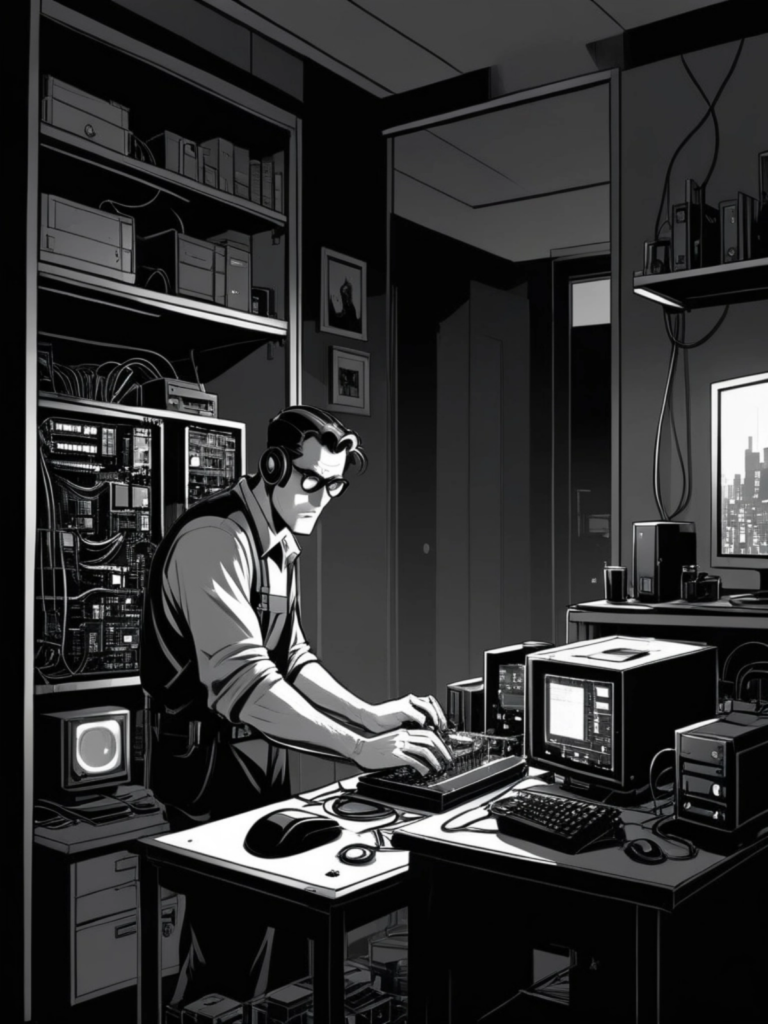
We believe that a proactive approach to maintenance is essential. Over the past few years, flagship video conferencing (VC) products have evolved to integrate a suite of advanced features. These typically include a soundbar equipped with a camera, microphone, and speaker, alongside a touch panel, screen, and PC running Microsoft Teams Rooms (MTR) software.
Many of these MTR devices depend on Microsoft software, which is periodically updated to address user-reported issues, improve functionality, and enhance security. While these updates are intended to fix problems, they occasionally introduce unforeseen issues, necessitating additional service and support. In such cases, a simple system reboot may not suffice, and a complete reimage* of the system might be required.
The Challenge of Reimaging
Re-imaging, while conceptually straightforward, can be an arduous process. Applying all necessary patches and updates can take up to 12 hours, depending on system complexity and conditions.
Unfortunately, suppliers often resist taking responsibility for this task. Instead, they may shift the burden onto the customer, the client’s support provider, or suggest direct communication with Microsoft. However, Microsoft is often reluctant to provide direct assistance, citing the time-intensive nature and associated costs of deploying their engineers.
Adding to the difficulty, suppliers and Microsoft’s frontline support teams frequently lack the necessary expertise to explore alternative solutions. Their default recommendation is often to reimage the system, without investigating other approaches. Moreover, completing the reimaging process is usually a prerequisite for obtaining a Return Merchandise Authorization (RMA). Even after an RMA is approved, the replacement unit often requires reimaging and firmware updates before it is operational.
The Complexity of Re-imaging
Re-imaging a PC involves wiping the hard drive completely and reinstalling the operating system and software from scratch. This process restores the PC to its original factory settings and is commonly used to address persistent software issues or malware infections. While relatively simple in controlled environments, reimaging can become complicated by unforeseen interruptions or system errors.
It’s essential to back up critical files before initiating the process, as all data and programs will be erased. The time and resources required, combined with the expertise gap among suppliers and frontline support, make this process particularly challenging and time-consuming for customers and their support teams.